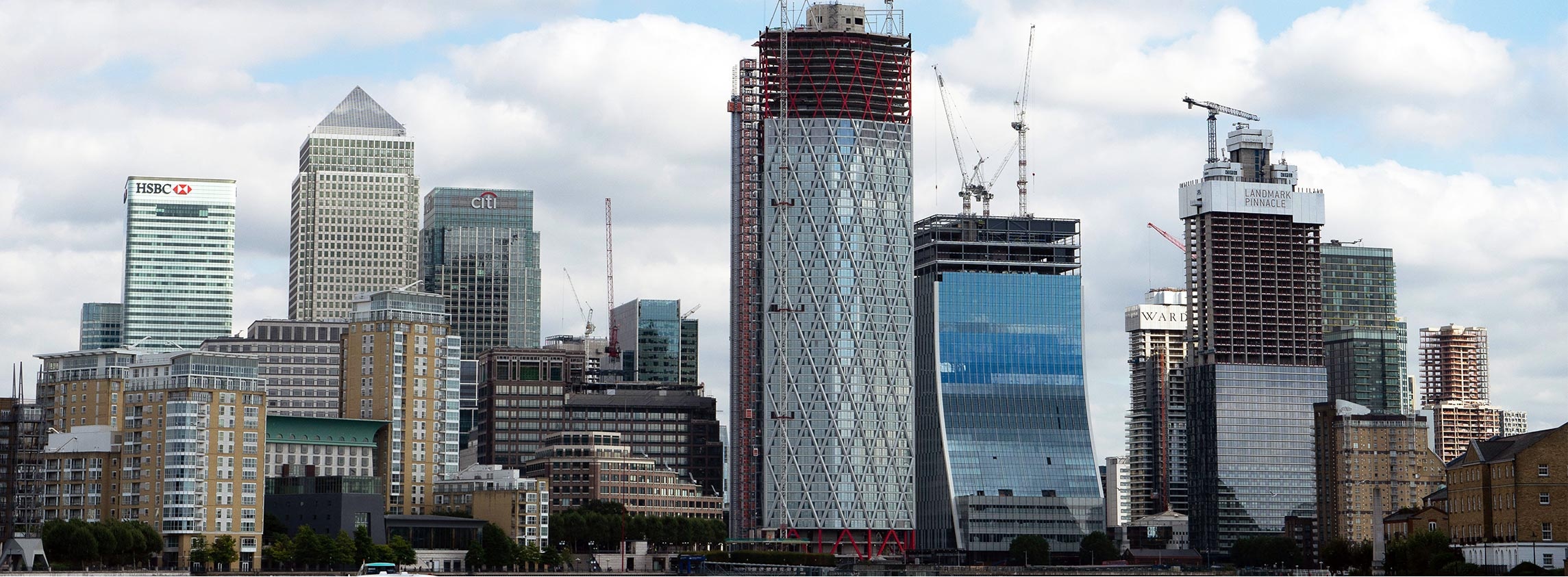Will warnings from house builders start to filter into sentiment?
S.P.E.C.S score negative for first time
As the business community geared up for a potential no-deal Brexit only to see its likelihood rescind, the impact on property markets has been varied.
The sentiment around occupier demand is remarkably similar across Central London offices, regional offices and industrial and logistics; that take-up has fallen slightly year on year but that this has been driven in the most part by a lack of big deals, which are usually build to suits or pre-lets.
This comes as no real surprise as occupiers continue to wait and see what version of Brexit will be delivered before committing to large capital investments. The logical knock on effect into build costs and timescales is that both would start to come down as contractors are able to deliver projects quicker and continue to price orders at a suitable level to fill their order books.
It would seem that contractors expect this state of affairs to continue into the medium term as detailed with G & T reporting just 1% tender price inflation for 2019, 2020 and 2021. This is reflected in our S.P.E.C.S index for the start of 2019 with a score for of minus three, which is the lowest quarterly score since the start of our survey.
.jpg)
S.P.E.C.S Q1 2019
Source: Savills Research
With the UK now in the process of searching for its third prime minister in four years, there is no further political clarity to give developers or occupiers confidence to embark on large-scale projects. Many occupier markets still have remarkably low vacancy rates, so a window of opportunity remains for developers who can look past the politics
Simon Collett, Head of Division
.jpg)
Q1 2019 S.P.E.C.S Indicators
Source: Savills Research | Note: *Time taken from project sign off to commencement including procurement and delivery of building components
Underlying uncertainty and potential rising build costs for housebuilders
There is less appetite for risk among housebuilders in response to underlying market uncertainty, slowing sales rates, rising build costs and the government’s plan to end the Help to Buy scheme after March 2023. This in turn is suppressing land values, particularly in London and the South, where there is also falling house price growth.
.jpg)
Land values house prices and build costs index
Source: Savills Research
To mitigate risk, housebuilders are being selective about the sites they buy and are making use of their established land pipelines. They have built up strategic pipelines since recovering from the global financial crisis and have been drawing on these pipelines instead of relying on purchasing consented parcels for some time now. On average, the listed housebuilders currently have 4.5 years’ worth of land and source 32% of that land from their strategic pipelines.
Following the announced changes to Help to Buy from 2021, some housebuilders are starting to re-plan sites to include more smaller units that will qualify for Help to Buy under the new regional price caps.
Higher than expected build cost inflation in early 2019 has been reported by housebuilders, driven by rising costs of resources and labour, due to a weakening pound and Brexit-related stockpiling of materials. According to current BCIS forecasts, build costs are predicted to rise by 3.8% in 2019, whereas Gardiner and Theobald only expect them to rise by 1%. Many housebuilders have expressed concern about increasing build costs in their recent trading statements. Persimmon forecasts build cost inflation of 4% this year and Taylor Wimpey predicts a 5% rise, higher than any of the current Tender Price forecasts. Most housebuilders are anticipating build cost inflation of 3-4% this year.
.jpg)
Build costs forecasts vary
Source: Savills Research
Time to revisit procurement routes?
Continued Brexit and labour market uncertainty is meaning contractors are reporting a “mixed bag” when it comes to what costs are rising and falling. In terms of our S.P.E.C.S sentiment index this suggest that the inputs are blended to reflect the fact our score currently remains static. With a paucity of large scale projects which may be exasperated by political uncertainly now may be the time to revisit procurement routes for certain commodities or services.
Methodology & Approach
Savills Building and Project Consultancy sector experts track build cost and programme timescales sentiment across 48 separate markets and sectors. A high S.P.E.C.S score would mean that most sectors are experiencing upward cost and timescale pressure whereas a highly negative score would suggest that most markets and sectors are experiencing downward pressure. A score around zero suggest that build costs and programme timescales are largely static.
